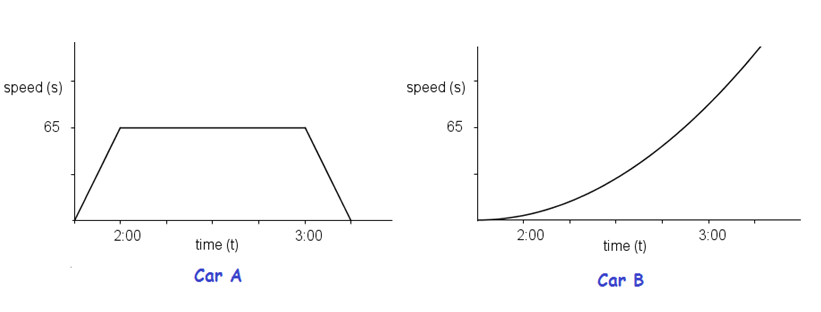A Calculus Primer Part 2
Introduction
In the first post in this series, we discussed about the graph of the speed over time of two cars, A and B. Car A was traveling at a constant speed from 2 to 3 o’clock, while Car B was traveling the same time but accelerating.

In the discussion, we learned that the distance traveled by the cars is represented by the area under their graphs, while acceleration is represented by slope of the line passing through two points on the graph. We ended our discussion with two questions: » Read more
